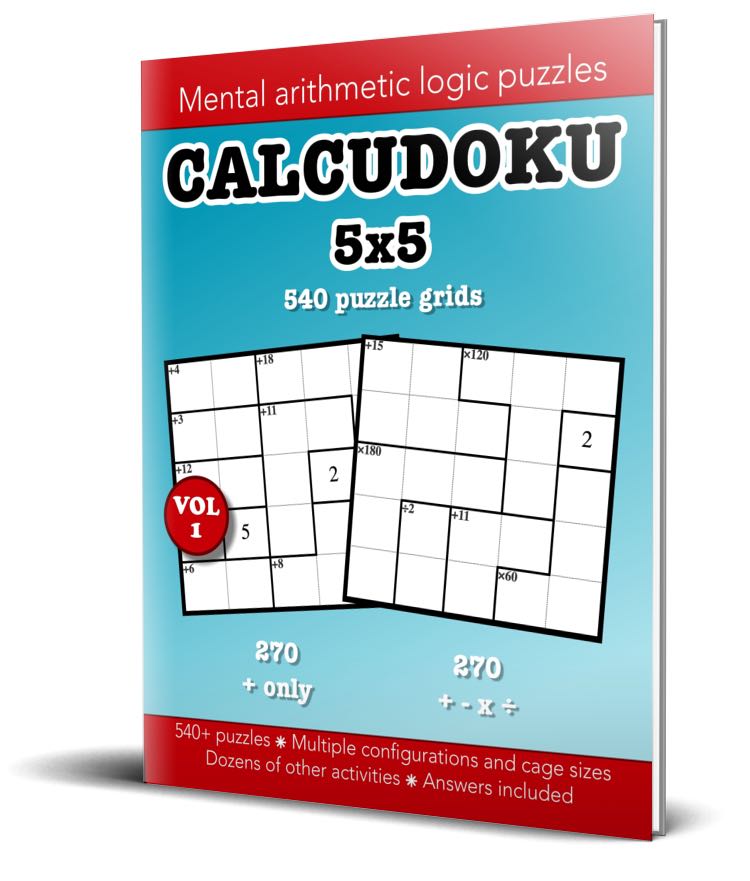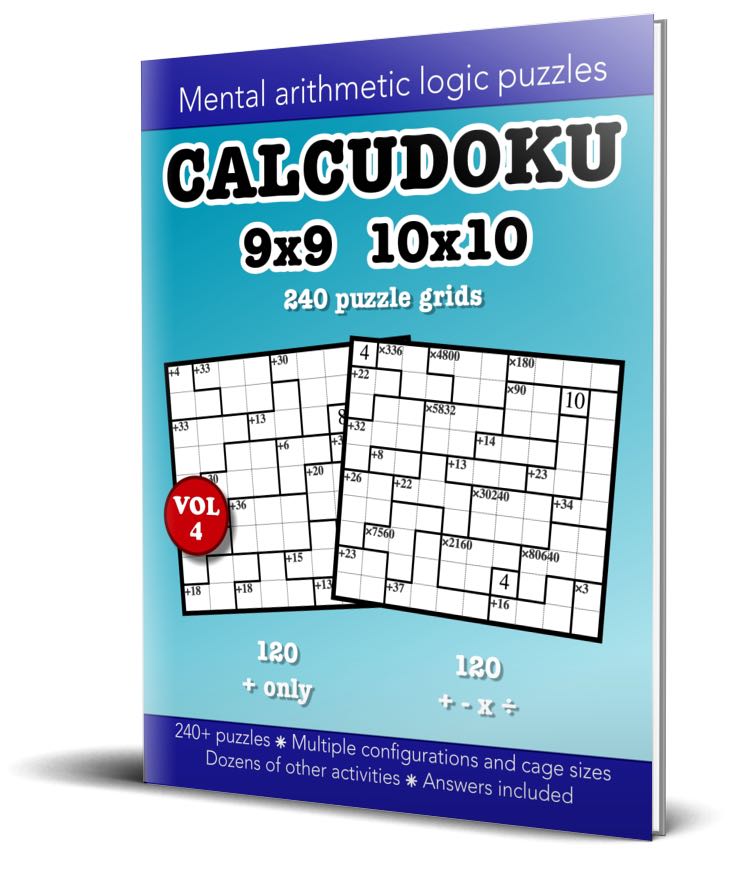Calcudoku
Calcudoku, also known as KenKen, is a mathematical and logical puzzle game that combines elements of Sudoku and basic arithmetic operations. Here’s a brief summary of what Calcudoku is and how the puzzles work
How it works
- Grid Layout: The puzzle consists of a grid, with each cell needing to be filled with a number. The numbers used are 1 through the size of the grid (e.g., 1-4 for a 4×4 grid).
- Cage Constraints: The grid is divided into irregularly shaped cages, each marked with a target number and an arithmetic operation (addition, subtraction, multiplication, or division). The numbers in the cage must combine, using the specified operation, to achieve the target number.
- No Repeats in Rows and Columns: Similar to Sudoku, no number may be repeated in any row or column of the grid.
- Solving the Puzzle: Players must use logic and arithmetic to determine the correct placement of numbers within the grid while adhering to both the cage constraints and the rule of no repeated numbers in rows and columns.
Example: In a 4×4 grid, a cage might indicate a target number of 6 with an addition operation. If the cage consists of two cells, the player must find two numbers that add up to 6 (e.g., 2 and 4) and place them in those cells without violating the rule of no repeats in the corresponding rows and columns.
Calcudoku puzzles range in difficulty based on the size of the grid and the complexity of the cage arrangements. Solving these puzzles helps improve logical thinking and arithmetic skills.




